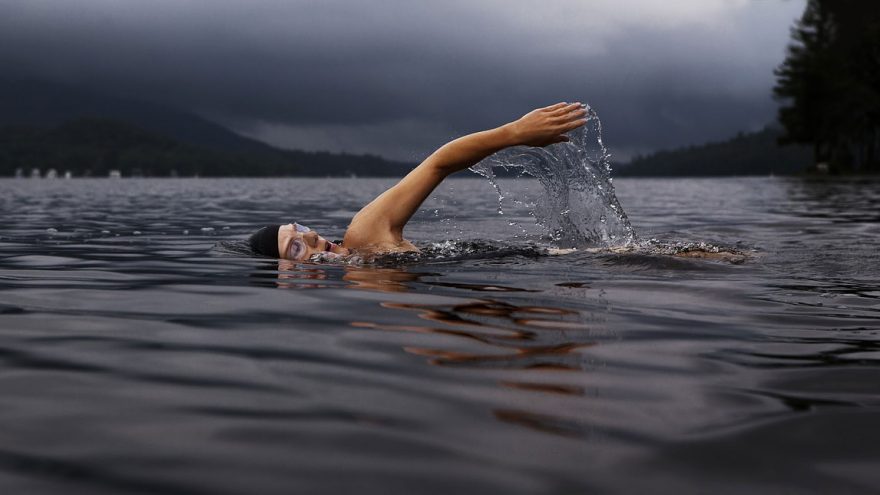
Swimming is one of the best sports around for overall fitness and health. Due to the nature of the sport, there is little impact on joints and you’re working all of your major muscle groups at one time. Over time, you can notice great cardiovascular and strength improvements. With the vast amount of pools available, too, swimming has never been an easier sport to enjoy.
For some, the thought of jumping into a cold pool is daunting enough, let alone the cold open water. For others though, open water swimming in the cold is another challenge to be had. As well as those who are simply up for the challenge of open water swimming, triathletes often have to brave tough and dangerous conditions for the first section of the race. If you’re not used to it, and don’t deploy the right tactics, it can shock your body.
Appropriate Swimwear
The first port of call when prepping for a cold dip is to assess your swimwear. Is it up for the task? Donning a wetsuit is a popular choice. This will certainly help to insulate you in the coldest of waters. As well as suiting up, you can wear two caps. Although it won’t make a huge difference, it can definitely help to retain heat.
Neoprene is the best material to insulate you, for both wetsuit and cap. The thicker the wetsuit, the worse range of motion you’ll have. However, this is a compromise you’ll have to consider if venturing into particularly cold conditions.
Prepping Beforehand
If you’re new to cold water swimming, then you should get used to immersing yourself in cold water leading up to your ‘event’. Even things like taking cold baths and showers at home will help. That’s not to say that it will become a comfortable feeling, however your body will experience less feelings of shock when it comes to swimming.
Control the Initial Shock
Cold water shock (also known as CSR) is a natural reaction to being immersed in silly water temperatures. You will gasp for air and your breathing will speed up. However, this initial reaction should only last for around 30s, so keep this in mind and try to stay calm. After this, you will begin to feel calmer and more ‘in control’.
Visualization
One way to help control the initial shock is to visualize getting into cold water. If you’re taking part in an event, you should do this in the days leading to and morning of your swim. When it comes to getting in the water, it should be as if you’ve done it a thousand times before, not feeling too unfamiliar. This will help to control your body’s response.
 Your Privacy Choices
Your Privacy Choices
 The
The